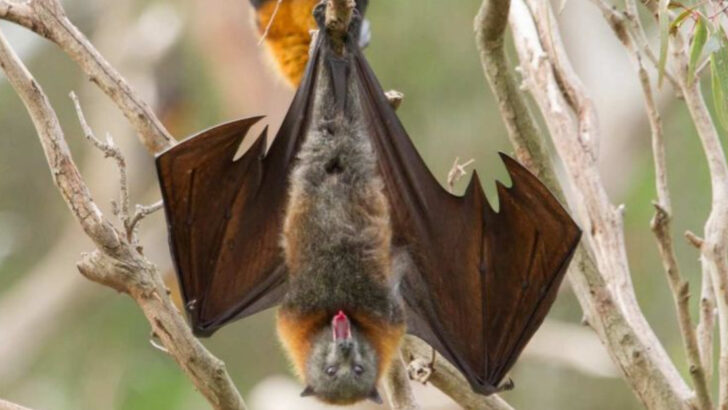Some animals have been feared for centuries, their mere presence believed to bring bad luck. From the shadows of folklore to superstitions passed down through generations, these creatures have earned a reputation as omens of doom.
But why have certain animals been painted with such a dark brush? Are they truly cursed, or is it simply a matter of misunderstanding and myth?
In this post, we’ll take you through 22 animals once considered harbingers of misfortune. With each creature, we’ll uncover the stories and beliefs that have shaped these superstitions. You might just be surprised by the truth behind these “bad luck” animals! Get ready for a wild ride through history and animal lore.
Black Cat

In Western superstition, black cats have long been considered a symbol of bad luck, especially if one crosses your path. This belief dates back to the Middle Ages when black cats were associated with witches and evil spirits.
The fear of black cats was so pervasive that they were often killed in attempts to ward off bad luck. However, not all cultures view black cats negatively; in some countries like Japan, they are considered good luck.
Today, black cats are often associated with Halloween and spooky themes, adding to their mysterious allure.
Owl
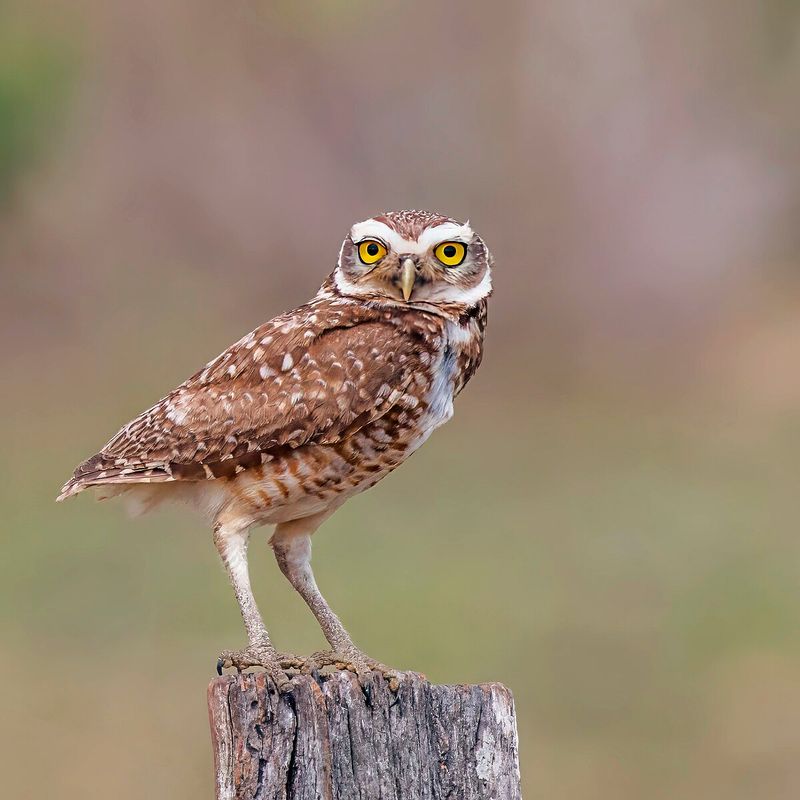
Owls have been both revered and feared throughout history. In many cultures, they are seen as omens of death or misfortune. This association is likely due to their nocturnal nature and haunting calls, which can evoke a sense of eeriness.
In ancient Rome, the hoot of an owl was considered a bad omen, signaling impending doom. However, these mysterious birds are also symbols of wisdom and protection in others.
Despite their ominous reputation, owls are fascinating creatures with unique adaptations for night hunting. They continue to captivate our imagination with their silent flight and piercing gaze.
Raven
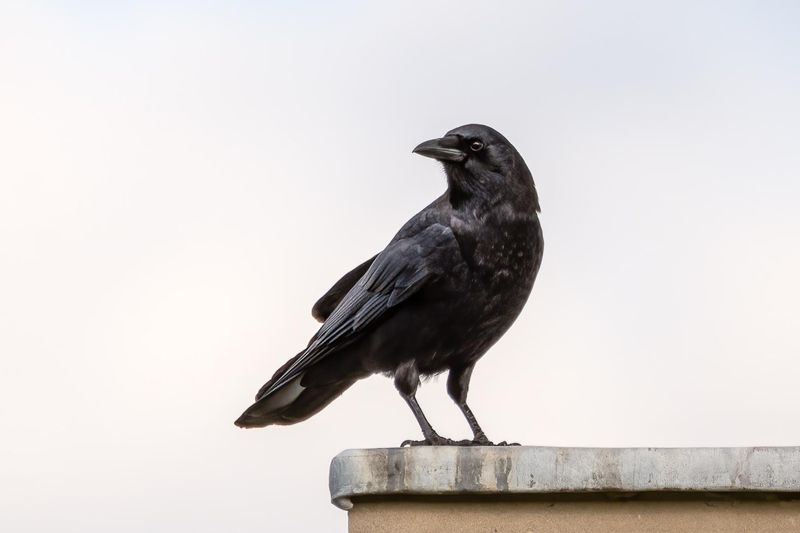
Ravens have long been associated with bad luck and death in many cultures. Their ominous black feathers and harsh calls contribute to their fearsome image.
In Norse mythology, ravens were seen as messengers of the gods, but also as harbingers of doom. The connection between ravens and death likely stems from their scavenging habits, as they are often seen feeding on carrion.
Despite their dark reputation, ravens are highly intelligent birds with complex social structures and problem-solving abilities. Their intelligence and adaptability make them intriguing subjects of study, dispelling some of their negative associations.
Bat
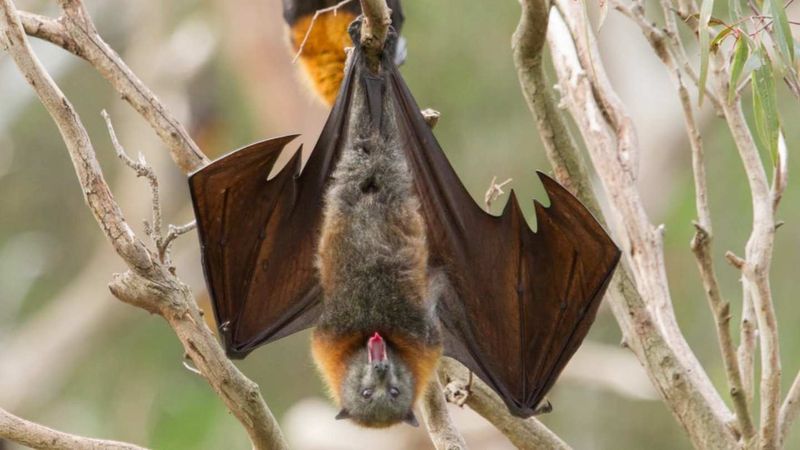
Bats have been linked to bad luck and evil in many cultures, largely due to their nocturnal habits and association with darkness. In Western folklore, bats are often connected to vampires, creatures of the night that feed on blood.
This connection has fueled superstitions and fears surrounding bats, despite their ecological importance as pollinators and insect controllers. In some Asian cultures, however, bats are symbols of good fortune and happiness.
These winged mammals play vital roles in ecosystems and are fascinating subjects of study, offering a different perspective on their misunderstood nature.
Snake
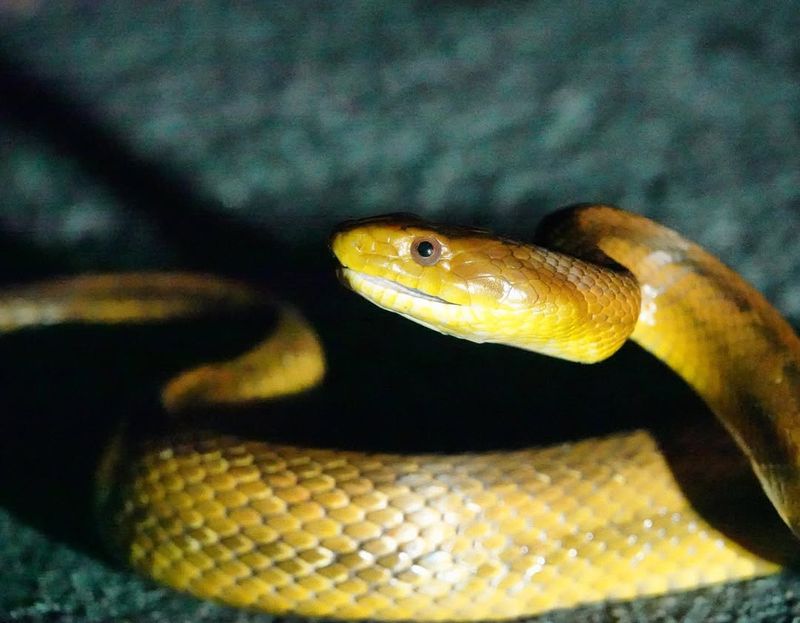
Snakes have been symbols of bad luck and evil for centuries, particularly in Western cultures. This negative perception is often tied to biblical stories, such as the serpent in the Garden of Eden.
Snakes’ slithering movements and sometimes venomous bites contribute to their fearsome reputation. However, snakes are also revered in many cultures, symbolizing transformation and healing.
In Hindu mythology, the snake god Shesha supports the universe, showcasing their dual nature. Snakes are crucial for maintaining ecological balance, controlling rodent populations, and prompting us to reconsider their role in nature.
Crow
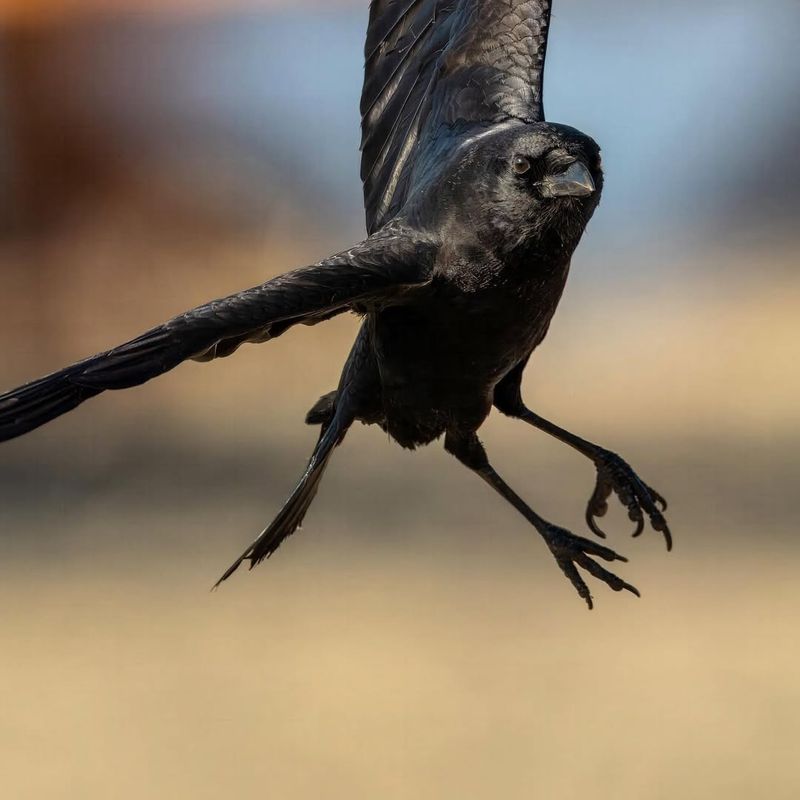
Crows are often seen as bad omens or symbols of death, their dark plumage and raucous calls contributing to this image. In folklore, crows are thought to be messengers between the living and the dead.
This association likely stems from their scavenging habits and tendency to gather around carrion. However, crows are highly intelligent birds known for their problem-solving skills and social behavior.
In some cultures, they are seen as wise and resourceful creatures. Understanding crows’ intelligence and adaptability challenges us to look beyond their ominous reputation and appreciate their role in nature.
Spider
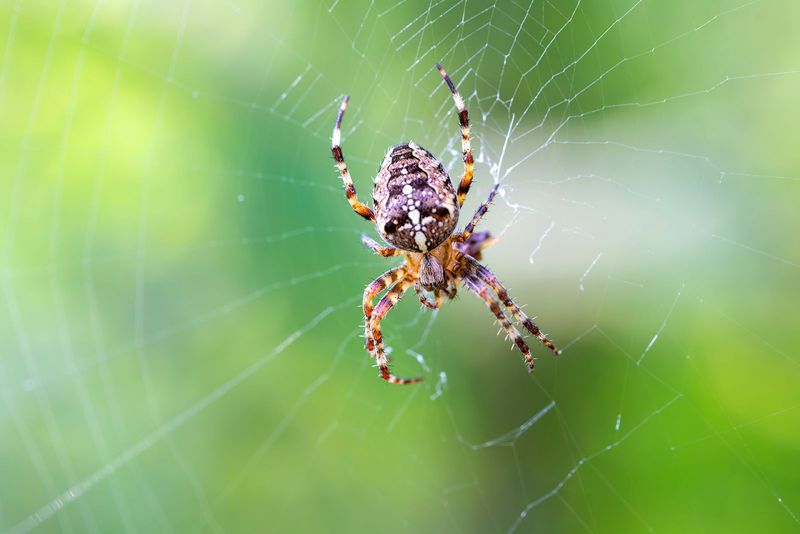
Spiders have long been associated with bad luck, largely due to their creepy appearance and venomous potential. Many people fear spiders and believe encountering them brings misfortune.
This fear is often irrational, as most spiders pose little threat to humans. In some cultures, spiders symbolize patience and creativity, weaving intricate webs that capture our imagination.
They also play vital roles in controlling insect populations. By understanding spiders’ ecological importance and unique adaptations, we can overcome our fears and appreciate these misunderstood creatures, recognizing the balance they bring to ecosystems.
Toad
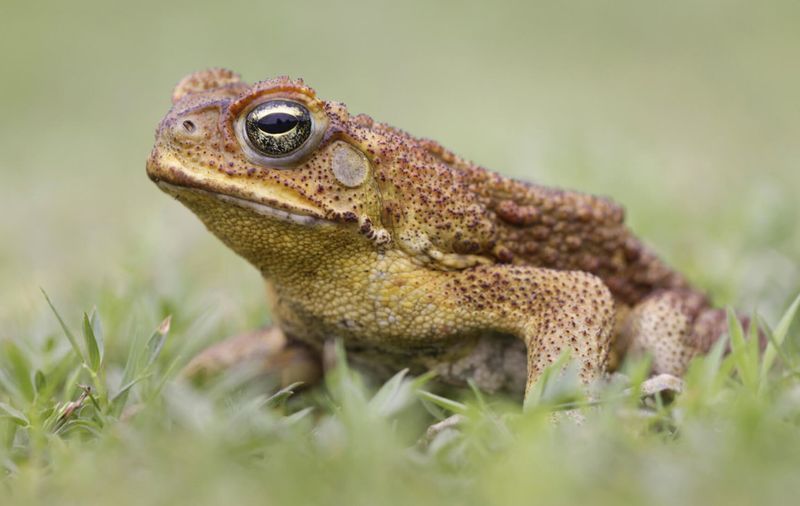
Toads have been considered symbols of bad luck and witchcraft for centuries. Their bumpy skin and nocturnal habits contribute to their sinister image.
In medieval Europe, toads were often associated with witches, believed to be their familiars or ingredients in potions. This fear persists today, despite their role in controlling insect populations. Toads are fascinating amphibians with unique adaptations, thriving in various environments.
By understanding their ecological importance and dispelling myths, we can appreciate these creatures’ contributions to nature, transforming our perception of them from harbingers of bad luck to vital components of ecosystems.
Magpie
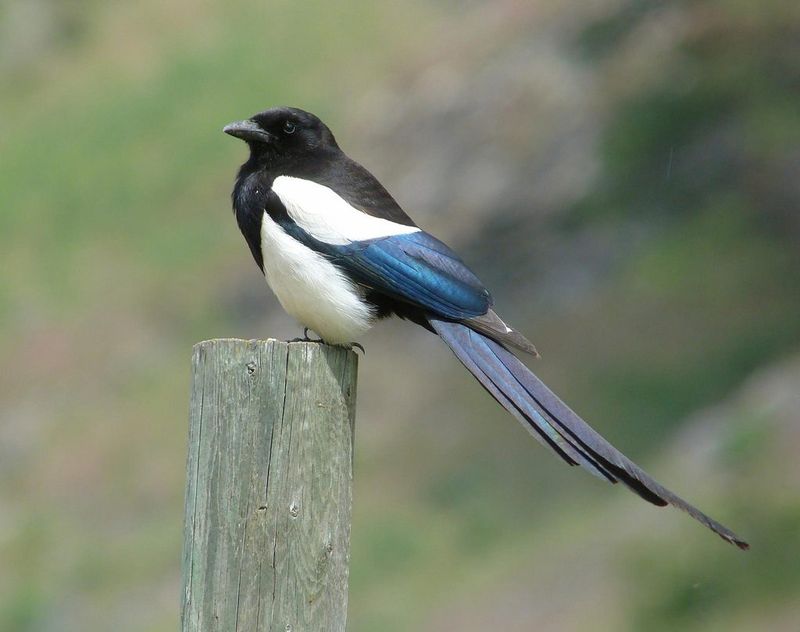
Magpies have been associated with bad luck in European folklore for centuries. The superstition ‘one for sorrow, two for joy’ reflects their dual nature.
Magpies’ striking black and white plumage and noisy calls contribute to their ominous image. In some cultures, seeing a single magpie is considered unlucky, leading to customs like saluting or greeting the bird to ward off misfortune.
However, magpies are intelligent birds with strong social bonds, often working together to solve problems and protect their young. Understanding their complex behavior and ecological roles challenges us to reconsider their reputation.
Hyena
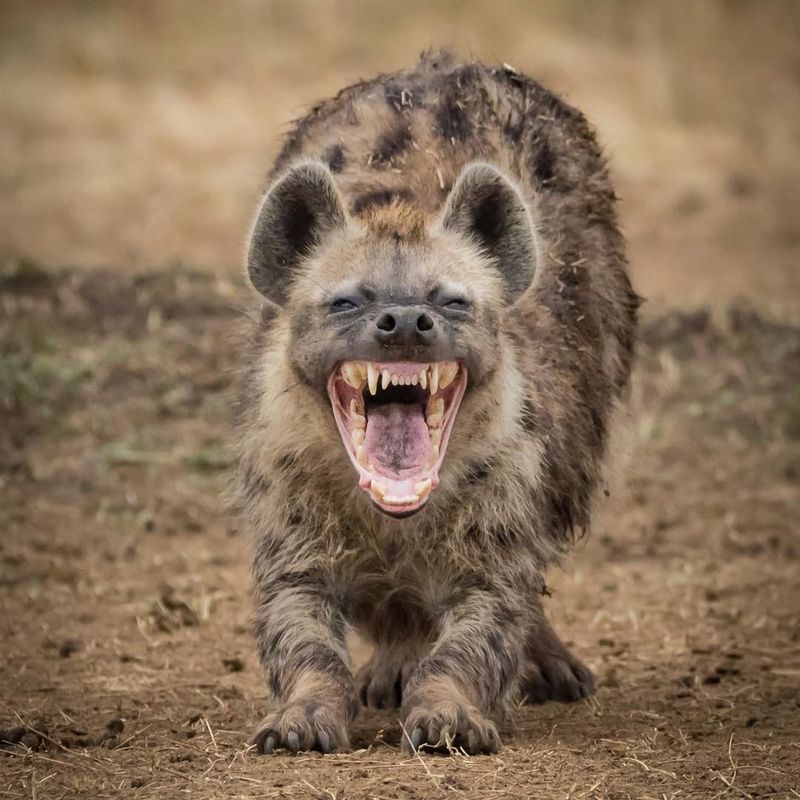
Hyenas have long been associated with bad luck and malevolence in African folklore. Their eerie laughter and scavenging habits contribute to their fearsome image.
Hyenas are often seen as cowardly and deceitful, feeding on carrion and stealing kills from other predators. However, they are intelligent animals with complex social structures and strong family bonds.
Hyenas play crucial roles in maintaining ecosystem balance by controlling herbivore populations and cleaning up carcasses. By understanding their ecological importance and unique adaptations, we can appreciate hyenas beyond their negative stereotypes as valuable members of the animal kingdom.
Vulture
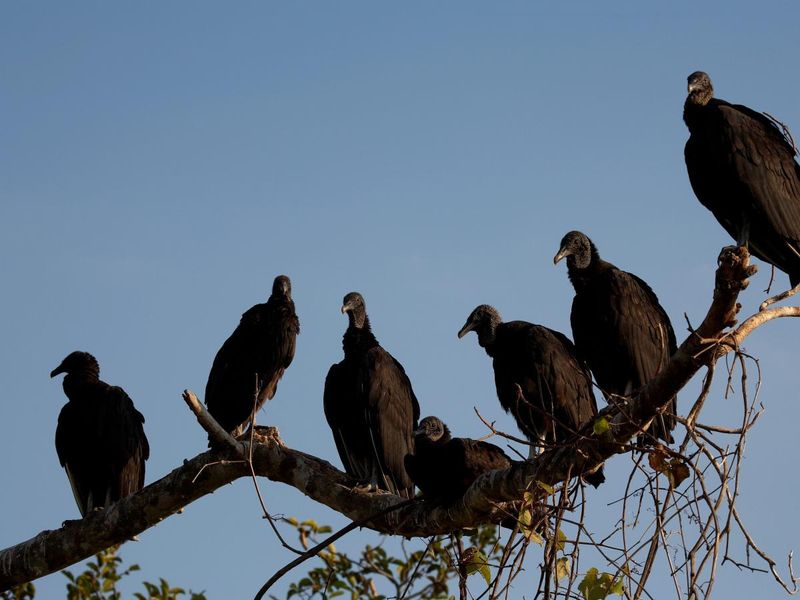
Vultures have long been associated with death and bad luck, their scavenging habits and bald heads contributing to their ominous reputation. In many cultures, vultures are seen as symbols of death, decay, and misfortune.
Despite this, vultures play vital roles in ecosystems by cleaning up carcasses and preventing the spread of diseases. Their strong stomach acids allow them to digest decaying flesh, reducing the risk of contamination.
By understanding vultures’ ecological importance and unique adaptations, we can appreciate these misunderstood birds as essential components of nature, transforming our perception of them from bad omens to crucial allies.
Moth
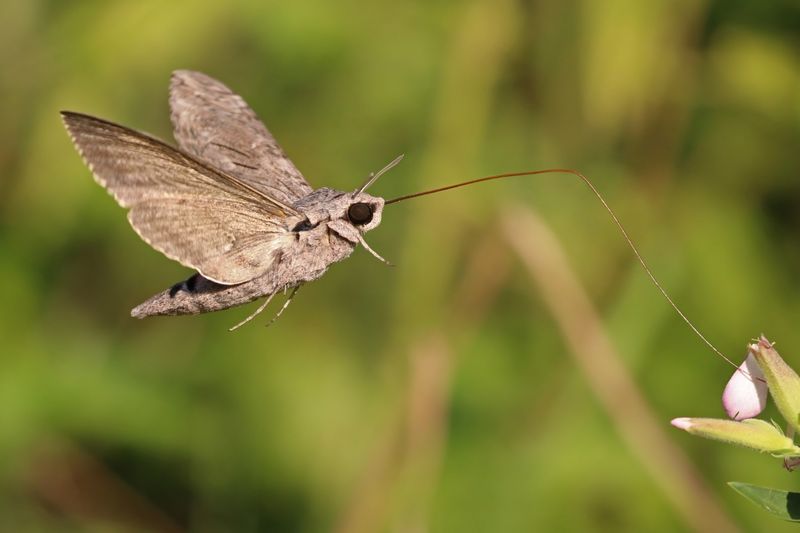
Moths have been associated with bad luck and death in various cultures, often seen as omens of misfortune. This belief likely stems from their nocturnal habits and attraction to light, which can evoke a sense of mystery.
In folklore, moths are sometimes linked to spirits or souls of the departed. Despite these superstitions, moths play essential roles in ecosystems as pollinators and food sources for other animals.
By understanding their ecological importance and unique adaptations, we can appreciate moths beyond their ominous reputation and recognize their vital contributions to the natural world.
Wolf
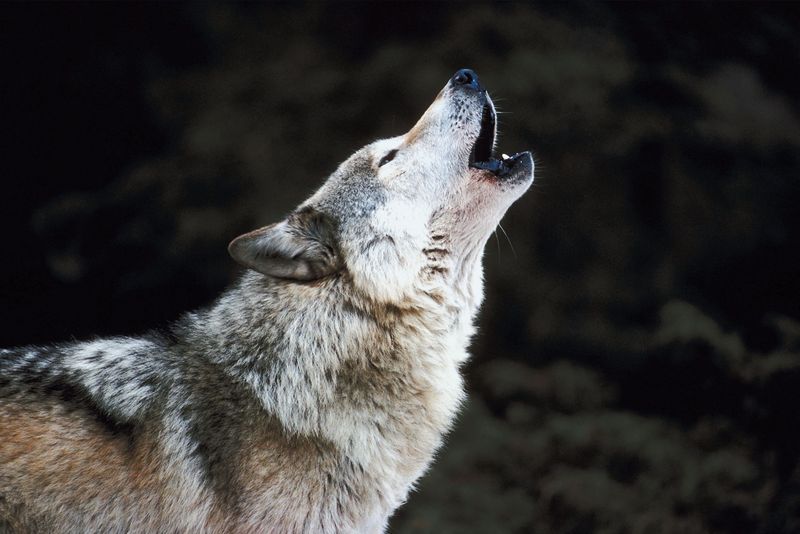
Wolves have long been associated with bad luck and danger in many cultures, often seen as fearsome predators. This reputation is fueled by stories like Little Red Riding Hood and The Three Little Pigs, which depict wolves as cunning and malevolent.
However, wolves are intelligent and social animals with complex pack dynamics. They play crucial roles in maintaining ecosystem balance by controlling prey populations.
By understanding wolves’ ecological importance and unique behaviors, we can appreciate these misunderstood creatures beyond their fearsome image and recognize their vital contributions to nature.
Rat
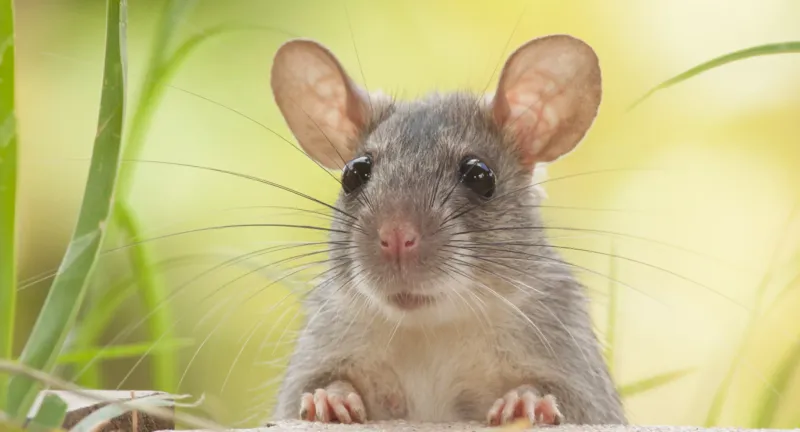
Rats have long been associated with disease and misfortune, their role in spreading the Black Plague contributing to their negative reputation. In many cultures, rats are seen as pests and harbingers of bad luck.
However, these intelligent rodents have remarkable adaptability and problem-solving skills. In some cultures, rats are revered for their resourcefulness and survival instincts.
By understanding rats’ ecological roles and unique adaptations, we can challenge the negative perceptions surrounding them and appreciate their contributions to ecosystems, such as controlling insect populations and providing valuable insights into animal behavior.
Praying Mantis
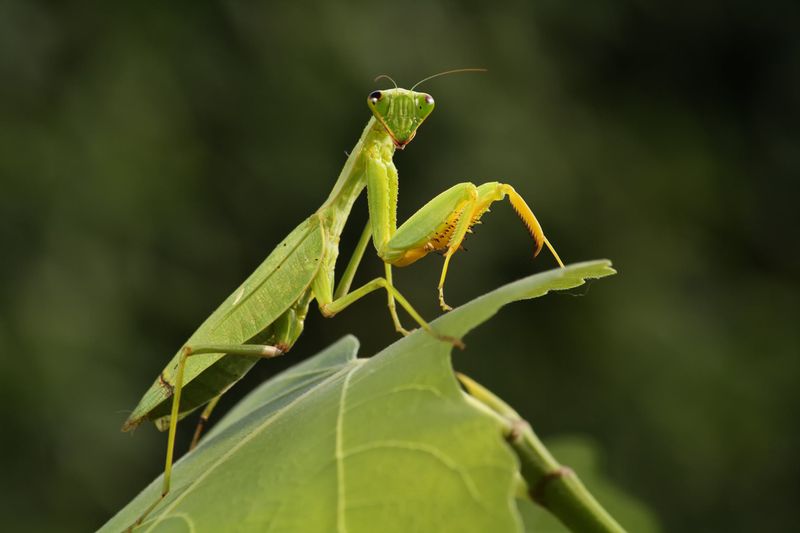
Praying mantises have been associated with bad luck and ominous events in some cultures due to their predatory nature and unusual appearance. Their striking posture and swift movements can evoke a sense of unease.
However, mantises are fascinating insects with remarkable adaptations for hunting and camouflage. They play crucial roles in controlling pest populations, benefiting gardeners and farmers.
By understanding mantises’ ecological importance and unique behaviors, we can appreciate these misunderstood creatures beyond their fearsome image and recognize their vital contributions to ecosystems.
Catfish
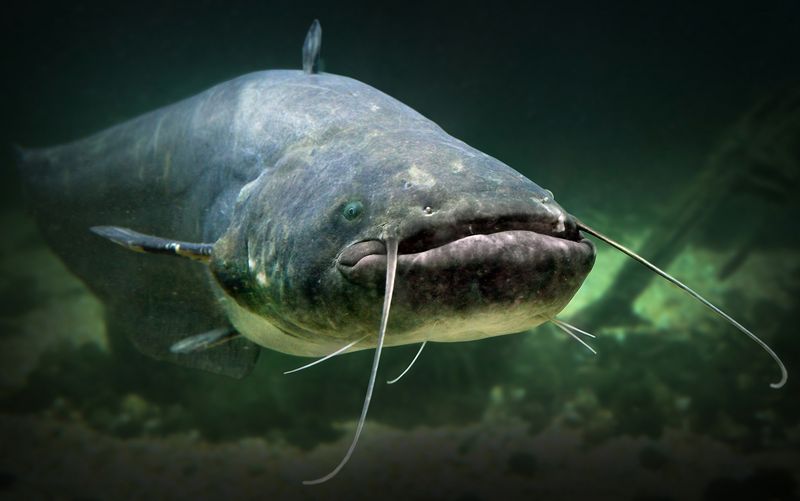
Catfish have been associated with bad luck and superstition in various cultures, particularly among fishermen. Their whisker-like barbels and bottom-dwelling habits contribute to their mysterious image.
In some folklore, catching a catfish was believed to bring misfortune or storms. Despite these beliefs, catfish are important members of aquatic ecosystems, playing roles in nutrient cycling and maintaining water quality.
By understanding catfish’s ecological roles and unique adaptations, we can appreciate these intriguing fish beyond their ominous reputation and recognize their contributions to the balance of aquatic environments.
Lizard
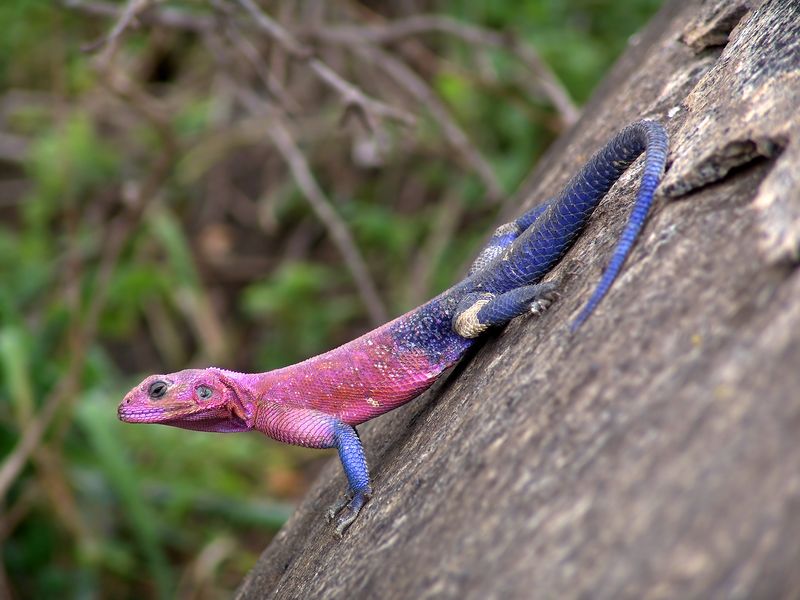
Lizards have been considered symbols of bad luck and witchcraft in some cultures, their appearance and behavior contributing to their mysterious image.
In folklore, lizards are often associated with transformation and deception, seen as creatures that can change shape or bring misfortune. Despite these superstitions, lizards are fascinating reptiles with unique adaptations for survival in diverse environments.
They play essential roles in ecosystems by controlling insect populations and serving as prey for larger animals. By understanding lizards’ ecological importance and dispelling myths, we can appreciate their contributions to nature.
Hawk
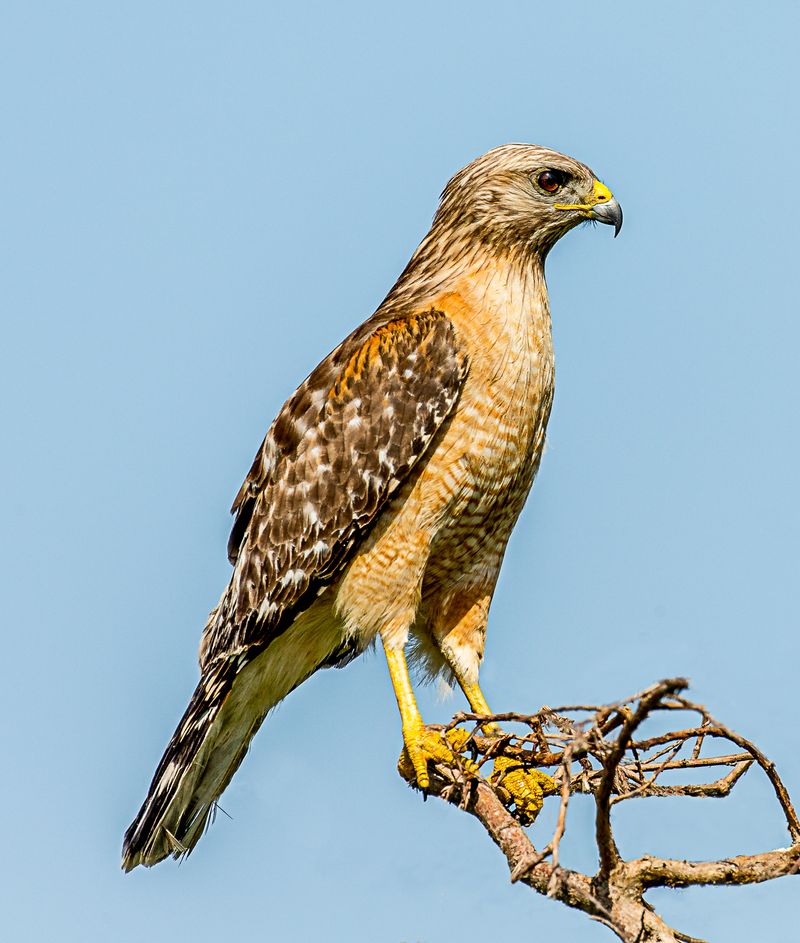
Hawks have been associated with bad luck and omens in some cultures, particularly when sighted near homes or during important events. Their keen eyesight and predatory skills evoke a sense of awe and fear.
In folklore, hawks are sometimes seen as messengers of the gods or harbingers of change. Despite these associations, hawks are essential predators that help maintain balance in ecosystems by controlling rodent and small animal populations.
By understanding hawks’ ecological roles and unique adaptations, we can appreciate these magnificent birds beyond their ominous reputation.
Scorpion
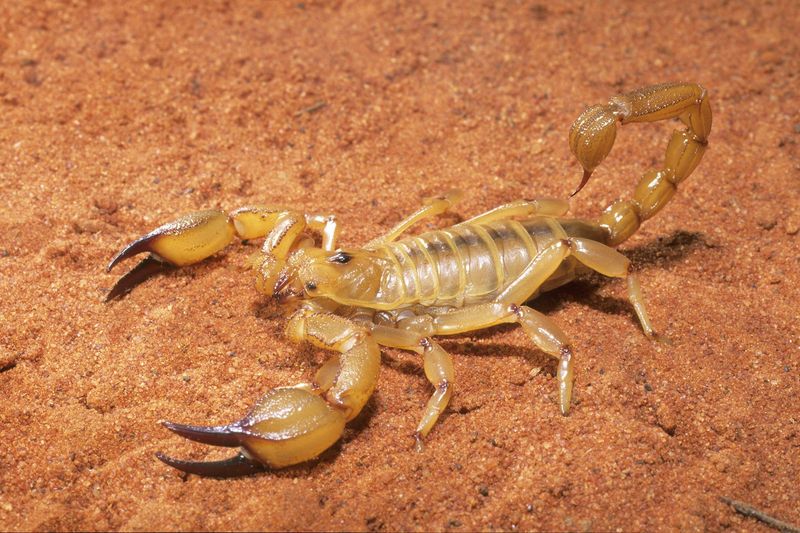
Scorpions have long been associated with bad luck and danger, their venomous sting contributing to their fearsome image. In many cultures, they are seen as symbols of death and destruction.
Despite these associations, scorpions are fascinating arachnids with unique adaptations for survival in harsh environments. They play crucial roles in controlling insect populations and maintaining ecological balance.
By understanding scorpions’ ecological importance and unique behaviors, we can appreciate these misunderstood creatures beyond their fearsome image and recognize their vital contributions to nature.
Frog
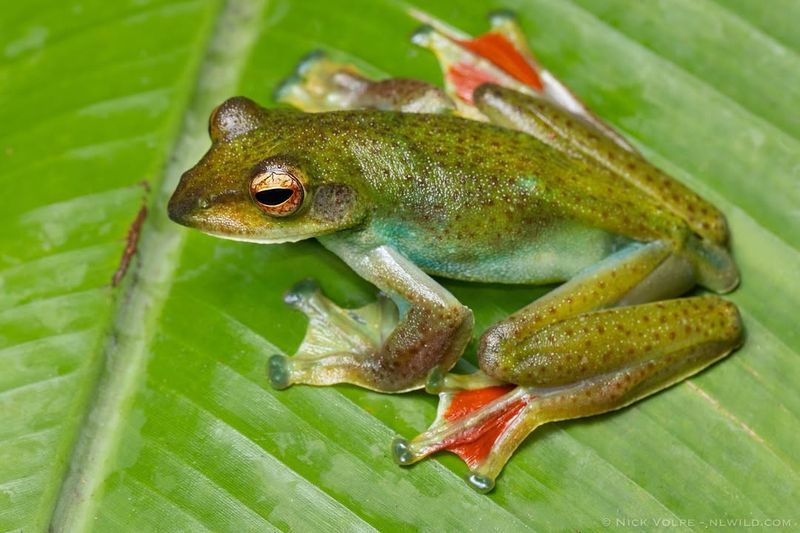
Frogs have been considered symbols of bad luck and witchcraft in some cultures, their croaking calls and nocturnal habits contributing to their mysterious image.
In folklore, frogs are often associated with transformation and magic, sometimes seen as familiars of witches. Despite these superstitions, frogs are crucial for maintaining ecological balance, controlling insect populations, and serving as indicators of environmental health.
By understanding frogs’ ecological roles and unique adaptations, we can appreciate these fascinating amphibians beyond their ominous reputation and recognize their vital contributions to ecosystems.
Beetle
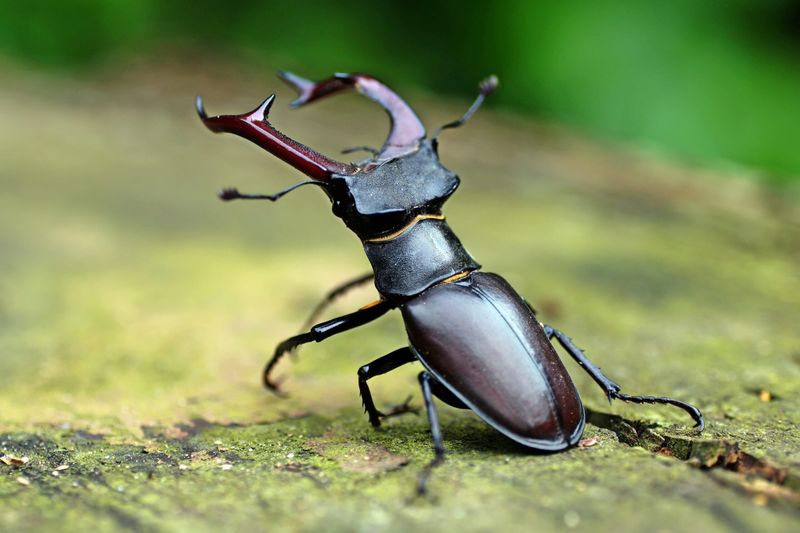
Beetles have been associated with bad luck and ominous events in some cultures, their hard exoskeletons and nocturnal habits contributing to their mysterious image.
In folklore, beetles are sometimes seen as symbols of transformation or messengers of change. Despite these associations, beetles play essential roles in ecosystems as decomposers, pollinators, and food sources for other animals.
By understanding beetles’ ecological importance and unique adaptations, we can appreciate these diverse insects beyond their fearsome image and recognize their vital contributions to the natural world.
Weasel
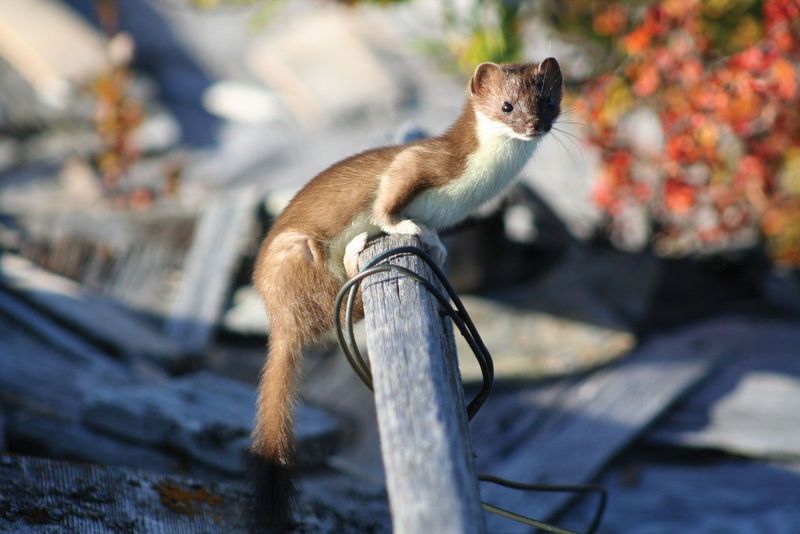
Weasels have been associated with bad luck and deceit in some cultures, their elusive nature and predatory skills contributing to their fearsome image.
In folklore, weasels are often seen as cunning tricksters or omens of misfortune. Despite these associations, weasels are fascinating carnivores with unique adaptations for hunting and survival. They play crucial roles in controlling rodent populations and maintaining ecological balance.
By understanding weasels’ ecological importance and unique behaviors, we can appreciate these misunderstood creatures beyond their ominous reputation and recognize their vital contributions to nature.

